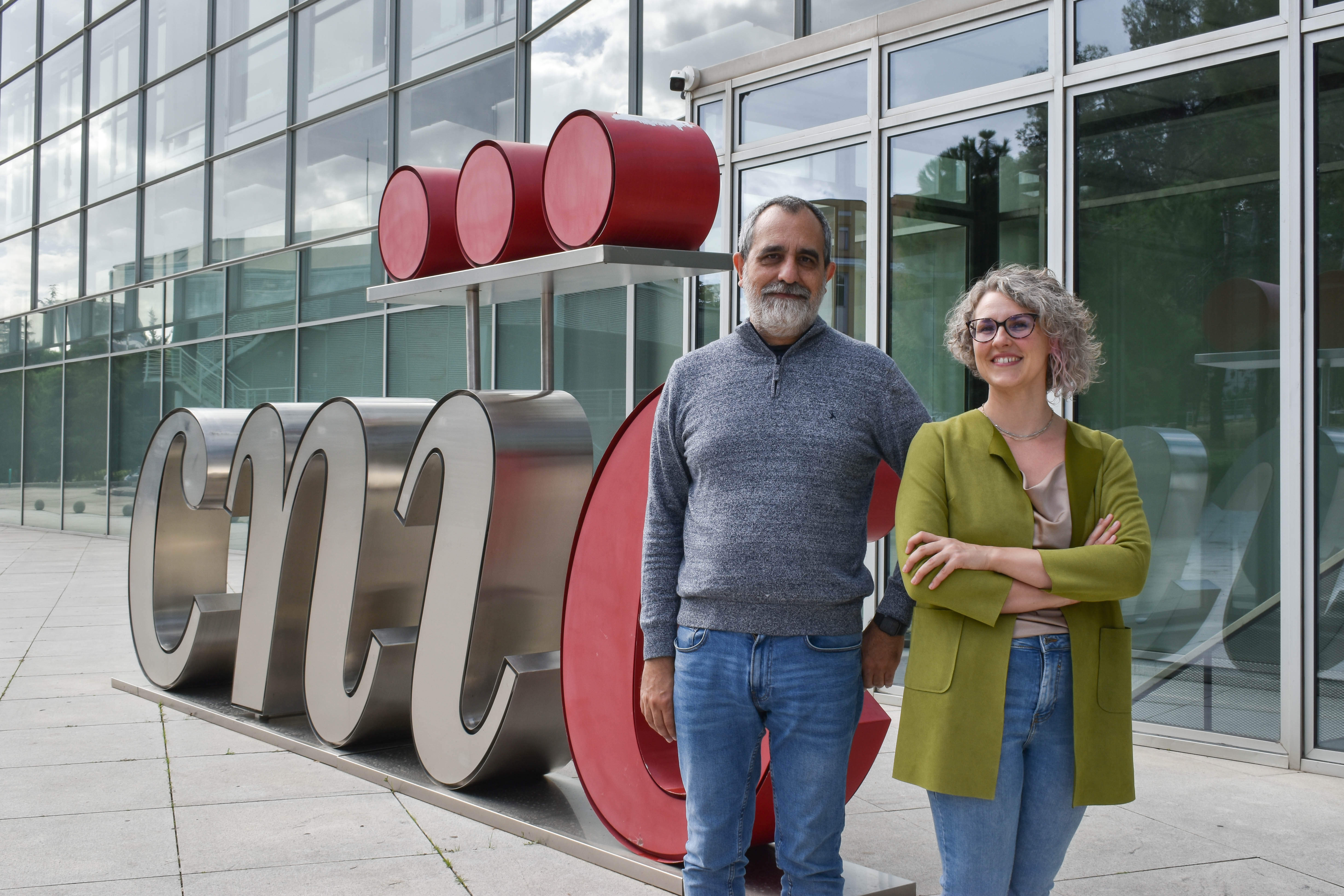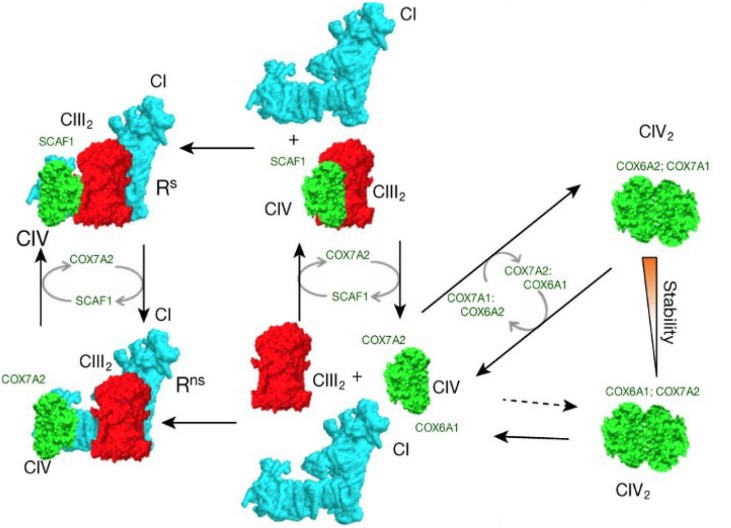Nature Metabolism: European scientists discover how the body optimizes its respiratory capacity during exercise
A study, published in Nature Metabolism, is the first to demonstrate the key role played by mitochondria in adapting metabolism to different energy demands in humans
Mitochondria are multifunctional organelles whose dysfunction is linked to cardiovascular, inflammatory, and neurodegenerative diseases and to the aging process. Mitochondria are the cell’s powerhouse, generating energy from simple compounds like sugars and fats through a process known as mitochondrial respiration. One of the main causes of cell damage in mitochondrial diseases is deficient energy generation, especially in tissues with a high energy demand such as the brain, skeletal muscle, liver, and heart.
The new study was carried out by an international team of researchers led by Prof. Johan Auwerxat the École polytechnique fédérale de Lausanne (EPFL) in Switzerland, working in partnership with scientists at the Spanish Centro Nacional de Investigaciones Cardiovasculares (CNIC) and the Centro de Biología Molecular Severo Ochoa (CBMSO) in Madrid. The study confirms in humans the molecular mechanism through which mitochondria adapt their main energy-generating component—the electron transport chain (mtETC)—to optimize metabolism, cardiorespiratory function, and the capacity for exercise.
Dr. José Antonio Enríquez, an author on the study and head of the CNIC Functional Genetics of the Oxidative Phosphorilation System (GENOPHOS) group, explained that the mtETC is formed by four large multiprotein complexes, CI, CII, CIII, and CIV, which can combine in various structures called supercomplexes to perform different functions and adapt to local conditions.
The protein SCAF1 (also known as COX7A2L), discovered by Dr. Enriquez’s group in 2013, is a key factor in the organization of the mETC. In 2016, the same group reported in Nature that SCAF1 is essential for the optimization of energy efficiency during periods of high energy demand in mice and zebrafish.
In the new study, the team led by Dr. Auwerx shows that SCAF1 expression is regulated in humans by population genetic variants. Study author Dr. Sara Cogliati explained that “the data demonstrate that there is a genetic variant of SCAF1 in humans that determines a higher expression in skeletal muscle and the heart.”

As a result of this, continued Dr. Cogliati, “individuals with this variant have less body fat and a higher cardiorespiratory capacity during exercise.”
The study also shows that the frequency of the human SCAF1 variant differs between different geographical populations, “suggesting that mETC organization might contribute to the adpatation to different environmental conditions,” said Dr. Enríquez.
The study findings not only shed light on how genetic variants affect the formation of mitochondrial supercomplexes in human muscle, but also demonstrate the importance of SCAF1 and mitochondrial supercomplexes for cardiometabolic fitness and human health.
“Cardiorespiratory capacity is an important predictor of cardiovascular and metabolic health. Improving cardiorespiratory and exercise capacity is a very promising strategy for reducing the mortality rates related to cardiovascular disease or any other cause,” said Dr. Cogliati.
The results of the study define for the first time in humans the fundamental role of the mETC in the adaptation of metabolism to varying energy demands.
The study received grant funding from the Ecole Polytechnique Fédérale de Lausana; the European Research Council (ERC-AdG-787702); the Swiss National Science Foundation (SNSF 31003A_179435); the Marcel Levaillant Foundation; theFondation Suisse de Recherche sur les Maladies Musculaires (FSRMM); the National Research Foundation of Korea through a Global Research Laboratory award; the HUNT Research Centre (Faculty of Medicine and Health Sciences, Norwegian University of Science and Technology), Nord-Trøndelag County Council, Central Norway Regional Health Authority, and the Norwegian Publich Health Insititute; the Ministerio de Ciencia, Innovación e Universidades Agencia Estatal de Investigación; the European Regional Development Fund (ERDF RTI2018-099357-B-I00); the Spanish Biomedical Research Networking Center on Frailty Healthy Aging (CIBERFES-ISCiii- CB16/10/00289); and the Human Frontier Science Program (RGP0016/2018).











